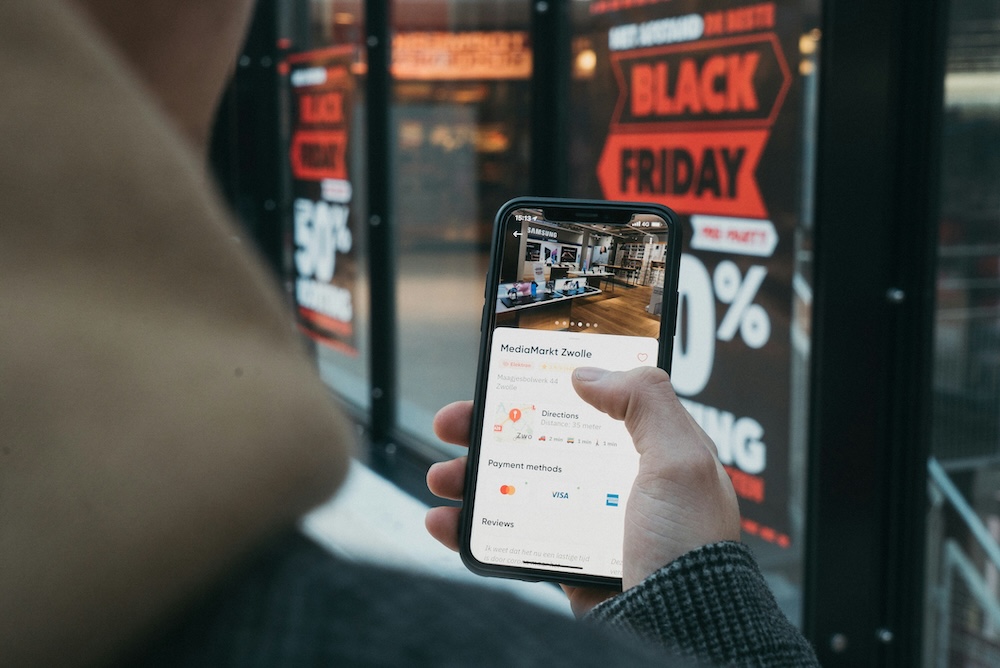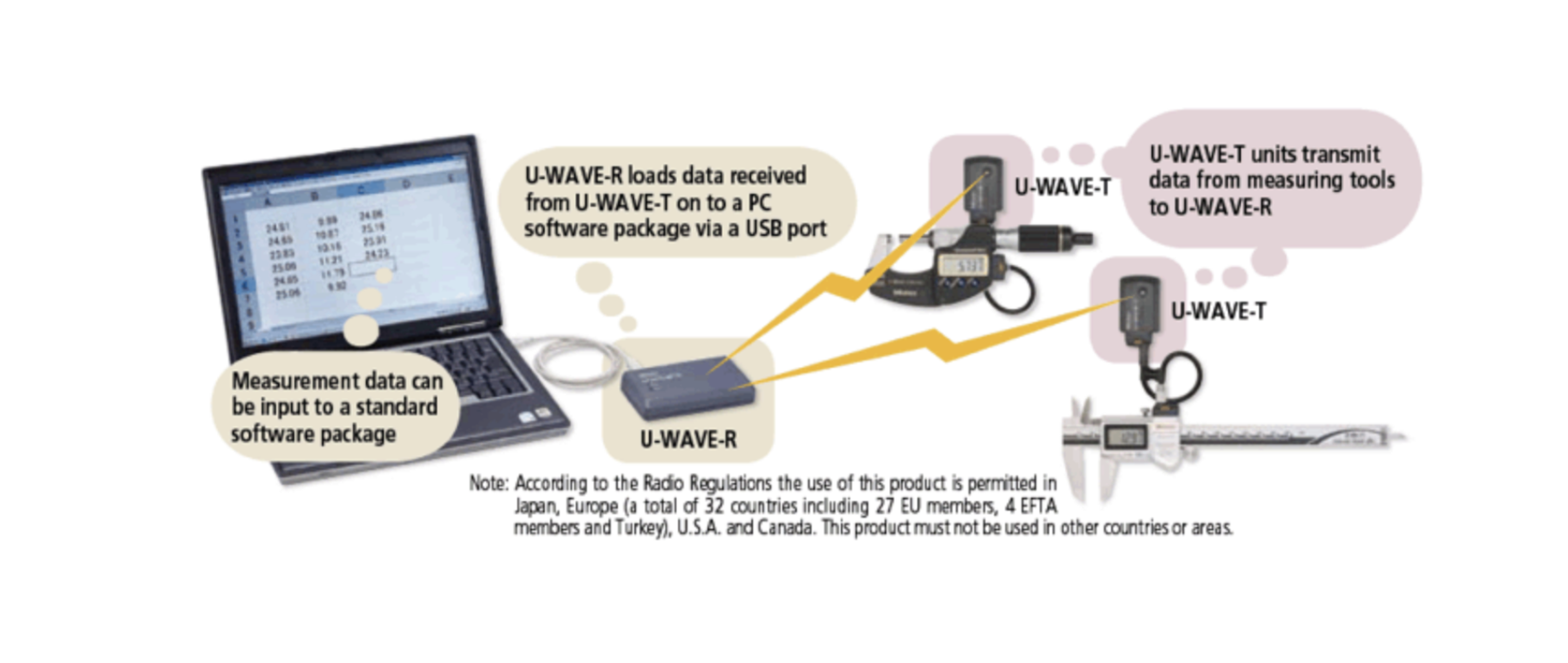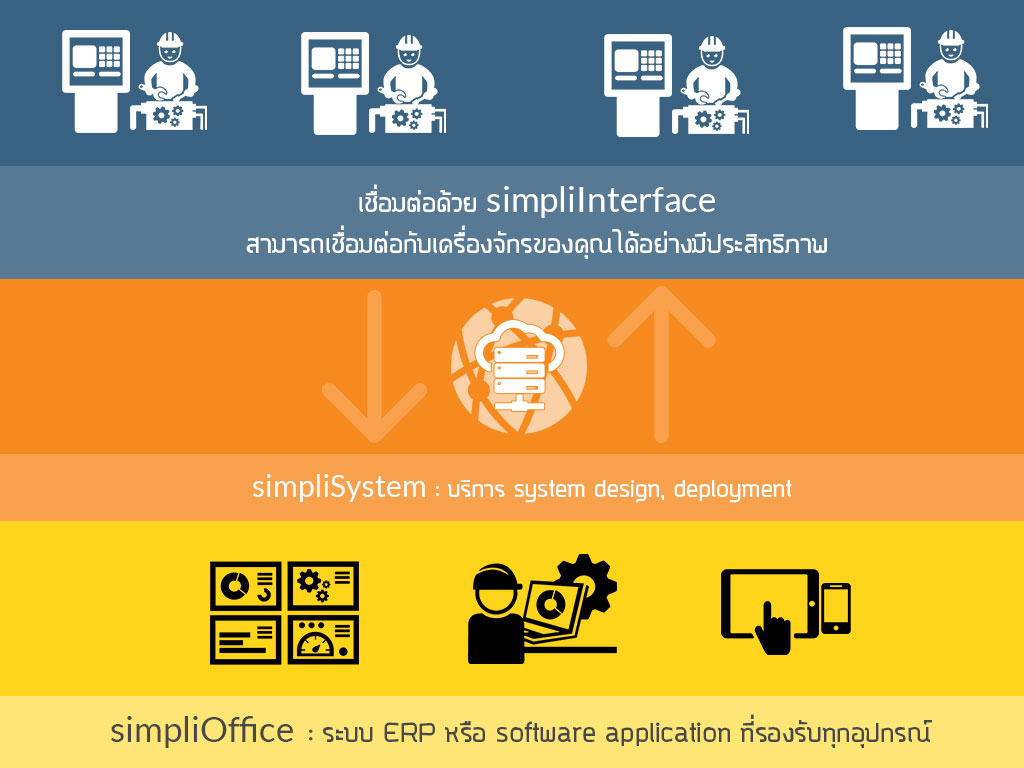How AI Helps in Detecting Counterfeit Luxury Products
Luxury brands face a growing challenge: counterfeit products. From designer handbags to high-end watches, fake goods flood online marketplaces and even physical stores. Fortunately, Artificial Intelligence (AI) is revolutionizing counterfeit detection, making it faster and more reliable than ever.
In this blog post, we’ll explore how AI detects counterfeit luxury products and provide a sample Python implementation to show it in action.
Why is Counterfeit Detection Important?
Counterfeit luxury goods harm both brands and consumers:
✅ Brands lose revenue due to fake versions of their products.
✅ Consumers get deceived, spending large amounts on inauthentic items.
✅ Luxury value is diluted when fakes flood the market.
Traditional methods—such as manual inspection and serial number verification—are time-consuming and not scalable. AI, on the other hand, automates and enhances image analysis, material verification, and blockchain tracking for authenticity.
How AI Detects Fake Luxury Products
AI-powered counterfeit detection relies on computer vision, deep learning, and data analysis. Here’s how it works:
1. Image & Video Analysis with Computer Vision
- AI models analyze product images to detect subtle differences in texture, stitching, and logos.
- Convolutional Neural Networks (CNNs) recognize patterns unique to genuine products.
- 3D Scanning & Surface Mapping compare the structure of the product to authentic items.
2. Material & Texture Verification
- Spectral Analysis scans the material composition of leather, metals, and gemstones.
- Microscopic AI Inspection detects inconsistencies that human eyes might miss.
3. Serial Number & RFID Authentication
- AI verifies QR codes, holograms, and NFC chips embedded in genuine products.
- Blockchain can store product history and authenticity records for tamper-proof validation.
4. AI-Powered Seller & Price Pattern Recognition
- AI analyzes pricing trends—fake luxury items often sell for significantly lower prices.
- E-commerce platforms use AI to monitor seller behaviors, identifying suspicious patterns.
5. Natural Language Processing (NLP) for Reviews & Descriptions
- AI scans product descriptions and customer reviews to detect fake listings.
- NLP identifies fraudulent keywords and misleading claims in online marketplaces.
Python Implementation: AI-Powered Counterfeit Detection
Let’s build a simple counterfeit detection system using a pre-trained AI model (ResNet-50). This model will classify whether an image resembles a genuine luxury product.
Step 1: Install Required Libraries
pip install tensorflow keras opencv-python numpy matplotlibStep 2: Import Necessary Modules
import numpy as np
import tensorflow as tf
from tensorflow.keras.preprocessing import image
from tensorflow.keras.applications.resnet50 import ResNet50, preprocess_input, decode_predictions
import cv2
import matplotlib.pyplot as pltStep 3: Load Pre-Trained ResNet-50 Model
# Load the ResNet-50 model (pre-trained on ImageNet)
model = ResNet50(weights='imagenet')
# Function to preprocess the image
def preprocess_image(img_path):
img = image.load_img(img_path, target_size=(224, 224)) # Resize image
img_array = image.img_to_array(img) # Convert to array
img_array = np.expand_dims(img_array, axis=0) # Add batch dimension
img_array = preprocess_input(img_array) # Normalize for ResNet
return img_arrayStep 4: AI-Based Counterfeit Prediction
def predict_authenticity(img_path):
img_array = preprocess_image(img_path)
predictions = model.predict(img_array)
decoded_predictions = decode_predictions(predictions, top=3)[0] # Get top 3 predictions
print("\nTop Predictions:")
for label in decoded_predictions:
print(f"{label[1]}: {label[2]*100:.2f}%")
# Define luxury-related classes (adjust as needed)
luxury_brands = ['handbag', 'watch', 'wallet', 'shoe']
for label in decoded_predictions:
if label[1] in luxury_brands:
print("✅ This item is likely **GENUINE**.")
return True
print("❌ This item might be **FAKE** or misclassified.")
return False
# Test with an image
img_path = 'sample_luxury_product.jpg' # Replace with actual image
predict_authenticity(img_path)How This Works
- The AI model analyzes the image of the luxury product.
- It checks whether the product resembles authentic categories (e.g., handbag, watch, etc.).
- If the AI recognizes a known luxury product, it considers it genuine. Otherwise, it flags it as fake or uncertain.
Enhancing the Model for Better Accuracy
While this example is a basic prototype, real-world counterfeit detection systems use more advanced AI techniques:
✔ Custom AI Training: Train a deep learning model using real images of genuine vs. fake luxury items.
✔ YOLO Object Detection: AI can detect specific brand logos, fonts, and holograms.
✔ Blockchain Authentication: Track ownership and authenticity using blockchain records.
✔ AI + Spectral Analysis: High-end AI models use X-ray and infrared scanning to verify material authenticity.
Conclusion: AI is Transforming Luxury Authentication
AI is revolutionizing counterfeit detection by making it faster, more accurate, and scalable. From computer vision to blockchain tracking, brands and consumers now have powerful tools to fight against fake luxury goods.
If you're a luxury brand, retailer, or consumer, investing in AI-powered authentication tools can save millions in losses and protect brand reputation.
Next Steps
🚀 Want to build a more advanced counterfeit detection system?
Let me know if you’d like:
- A full custom AI model tutorial (CNN training on luxury products).
- Real-time detection using OpenCV & YOLO.
- AI integration with blockchain for secure authentication.
Would you trust AI to authenticate your luxury products? Let’s discuss in the comments!
Get in Touch with us
Related Posts
- Supercharge Your Chatbot: Custom API Integration Services for Your Business
- How to Guess an Equation Without Math: Exploring Cat vs. Bird Populations
- How to Build an AI-Resistant Project: Ideas That Thrive on Human Interaction
- Build Your Own Cybersecurity Lab with GNS3 + Wazuh + Docker: Train, Detect, and Defend in One Platform
- How to Simulate and Train with Network Devices Using GNS3
- What Is an LMS? And Why You Should Pay Attention to Frappe LMS
- Agentic AI in Factories: Smarter, Faster, and More Autonomous Operations
- Smarter, Safer EV Fleets: Geo-Fencing and Real-Time Tracking for Electric Motorcycles
- How to Implement Google Single Sign-On (SSO) in FastAPI
- Build Your Own Taxi Booking App with Simplico: Scalable, Secure & Ready to Launch
- Building a Scalable EV Charging Backend — For Operators, Developers, and Innovators
- How to Handle Complex Pricing for Made-to-Order Products in Odoo
- How to Build a Made-to-Order Product System That Boosts Sales & Customer Satisfaction
- Transform Your Operations with Autonomous Agentic AI
- Streamline Fiber Tester Management with a Lightweight EXFO Admin Panel
- Enhancing Naval Mission Readiness with EMI Simulation: Cost-Effective Risk Reduction Using MEEP and Python
- Strengthen Your Cybersecurity Posture with Wazuh: A Scalable, Cost-Effective SIEM Solution
- OCPP Central System + Mobile App — Customer Proposal
- How TAK Systems Are Transforming Border Security
- ChatGPT-4o vs GPT-4.1 vs GPT-4.5: Which Model Is Best for You?














